Rowan-leaved fieldberry "Sam": description of the variety and features of cultivation
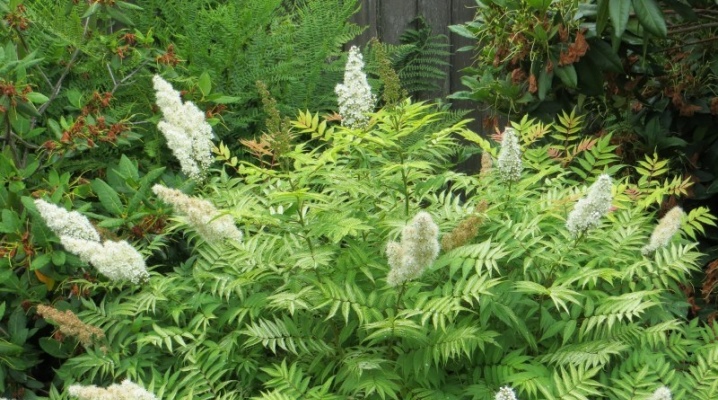
The mountain ash "Sam" is distinguished by its picturesque appearance, early flowering period, and the ability to improve the composition of the air. This useful and beautiful shrub enjoys a well-deserved popularity, it is widely used in landscaping city parks and private gardens.
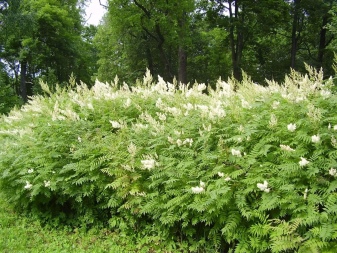
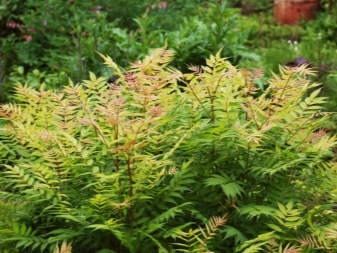
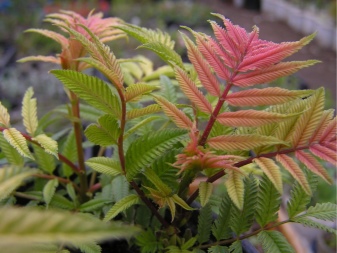
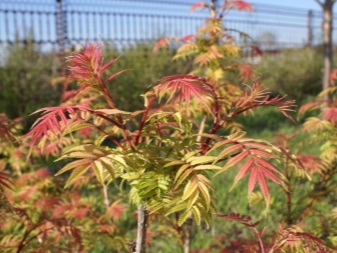
Description
V in the wild, the plant is found in Japan, Siberia, Korea and China. Basically, the culture grows on the coastal slopes of rivers and forest edges, forming vast thickets and thickets. Under natural conditions, the bushes grow up to two meters and are distinguished by gray-brown foliage. Outwardly, the appearance strongly resembles mountain ash, but the tips of its leaves are more pointed.
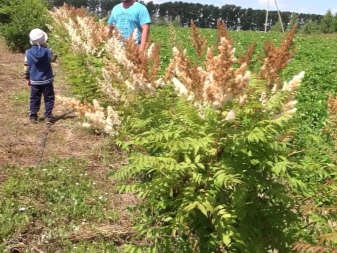
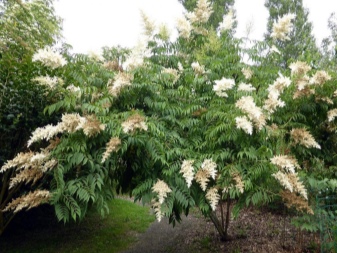
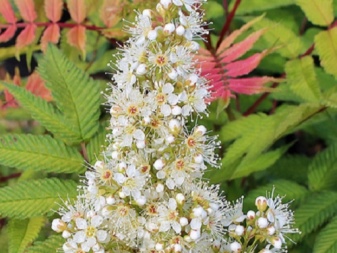
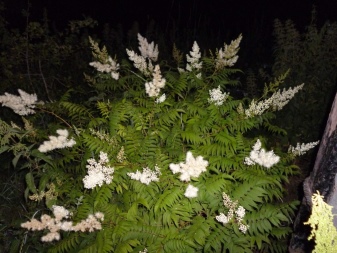
Consider the features of the appearance of the field ash "Sam".
- The crown of the bush is lush, spreading, but neat. Its circumference is about 4 m, and its height is 2-3 m.
- The branches are straight, the leaves 25 cm long have 12 pointed leaves of a light green color when blooming. Closer to autumn, they turn yellow and red. The pinnate foliage is the same valuable decorative ornament of the variety as the fieldberry flowers.
- The long pyramidal inflorescences are composed of small fluffy white flowers, emitting a pleasant aroma, their length is 25 cm. The flower scent is so fragrant that it is able to collect many insects around the plant.
- Deciduous shrub has a highly branched root system that forms many root children. It is located in the surface layer of the soil, therefore, when planting, it is important to take this circumstance into account, and not to plant other plants nearby.
- Fieldfare is covered with foliage earlier than other crops and looks elegant, preserving the beauty of the crown from spring to late autumn. The plant looks especially luxurious during flowering, although it is very short - from 15 to 30 days.
- The beautiful appearance of the shrub is maintained by constantly growing young shoots. The variety begins to bloom when it reaches 2-3 years of age.
- The fieldberry fruits are intergrown leaflets - simple polysperms in a dense leathery shell, they are devoid of decorativeness, therefore, after the end of flowering, it is better to remove the inflorescences.
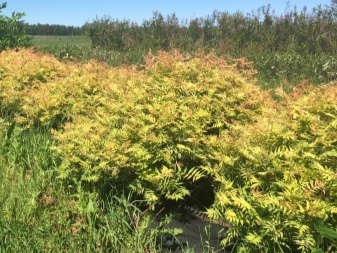
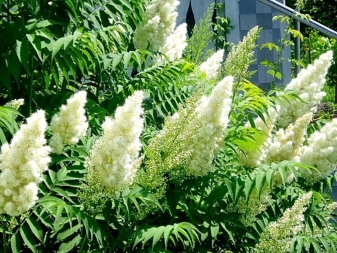
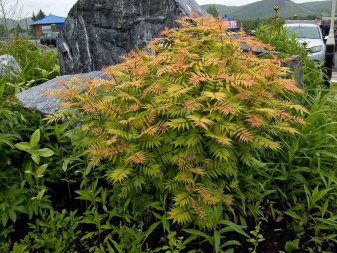

The plant is not too demanding on the quality of the soil, it is highly winter-hardy (it can withstand frosts down to -40 degrees), but it needs constant moisture. The field ash "Sam" is a culture with pronounced phytoncidal properties that not only tolerates gas pollution well, but also cleans the air space around itself from harmful impurities. The species develops and grows rapidly, in one place the bush can live up to 20-30 years, but, of course, with normal care.
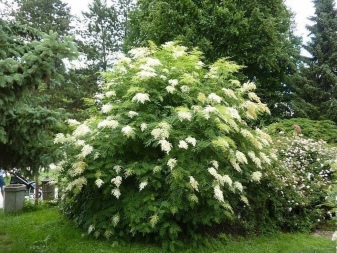
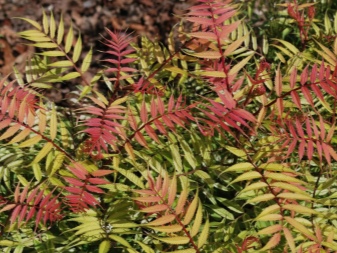
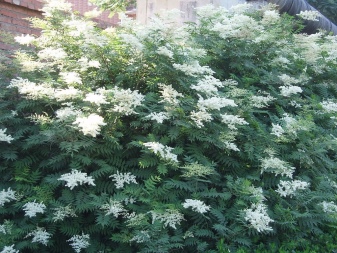
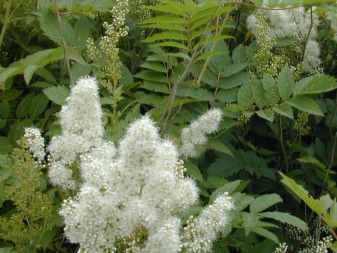
Landing
The natural beauty of a shrub depends on its healthy state, and for this, the gardener must create comfortable conditions for the plant to grow. Much depends on how well the landing is carried out. It is not only the process itself that is important, but also the preparation of the site, the soil that meets the requirements of the culture.
The area intended for fieldfare should be moderately lit, it is allowed to plant bushes in partial shade. As a rule, experienced farmers plant plants on some elevation, slopes and hillocks in order to secure the soil from sliding.
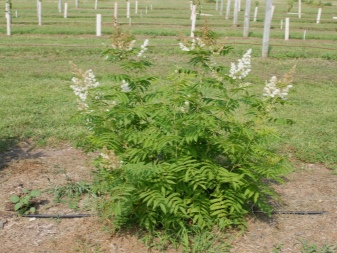
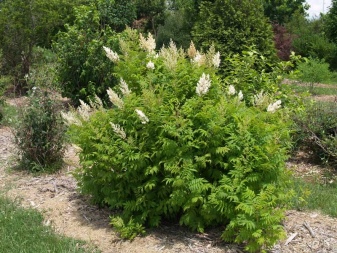
With regard to the composition of the soil, the variety is not particularly picky, but a young plant in any case needs nutritious soil for active life.Therefore, meager compositions should be enriched with organic matter, mineral fertilizers and peat.
Seedlings for planting can be collected and rooted cuttings or cuttings in advance, but there is also the possibility of using ready-made young plants purchased with a closed root system. Cuttings, if they are a little wilted, must first be held in water for 2 days. You can not plant shoots, the bark of which after this procedure has acquired a smooth and glossy appearance. Previously, spoiled parts are removed from healthy seedlings, including rotten areas from root shoots.
An effective procedure for better rooting in the open field is considered immersing the roots in a clay solution with the addition of cow dung. It makes sense to mix a little special growth biostimulant into this mixture.
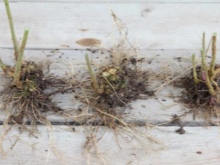
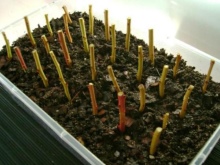

Site preparation consists in carrying out a number of works.
- Digging the earth with the removal of weeds.
- Introducing sod land, peat, ash and humus into it.
- Testing the soil for acidity - it must be neutral. Add lime or chalk if necessary.

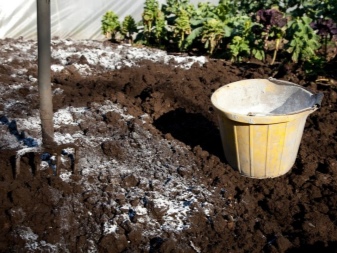
The landing rules are pretty simple.
- The volume of the planting hole depends on the size of the seedling, but usually the hole is dug to a depth of 50 cm, and it should be spacious in width - at least 70 cm.
- To ensure that the root system does not grow too much, side restraints in the form of slate sheets are needed.
- The bottom is lined with gravel for good drainage, and a nutrient mixture is placed on top of it.
- The roots of the plant are spread around it, and the voids are covered with a substrate mixed with organic matter.
- The root collar is placed 1-2 cm above ground level.
After planting, generous watering will be required - at least 24 liters per hole. After the earth subsides, it is filled up, the place around the trunk is mulched.
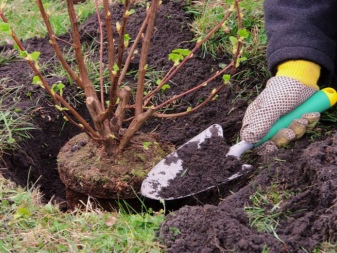
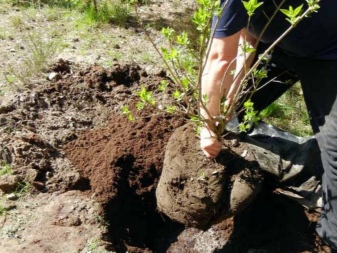
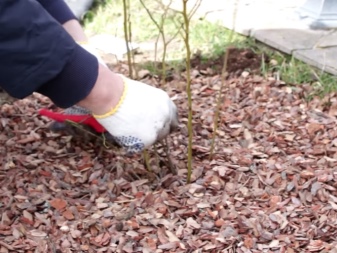
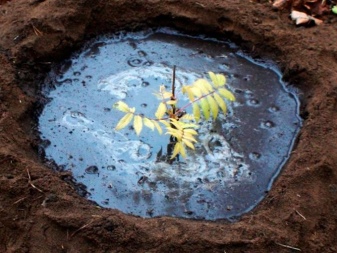
How to care for a culture?
Fieldfare of this variety does not tolerate dryness, it can wither and grow poorly due to lack of water. For this reason, throughout the year after planting the young, the plants need to be watered abundantly and often. Adult specimens are irrigated 2-3 times every 30 days, in dry times - based on the state of the soil. If the weather is too hot, sprinkling will be required in the morning and evening in the absence of the sun.
Weeding of weeds is carried out during watering, at the same time loosening can be carried out. But due to the fact that the culture is in dire need of moisture, it is better to constantly mulch the near-trunk zone, and then there is no need to do loosening.
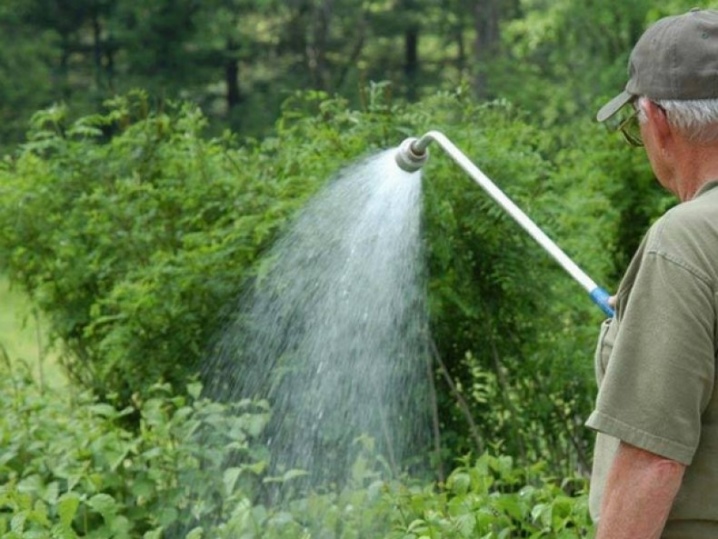
Crop care involves the regular introduction of nutrients. Of the mineral supplements in spring, urea (40 g per bush) and potassium nitrate (15 g) are used for these purposes. In autumn, superphosphate is used (30-40 g). These dressings are allowed to be combined with organic ones - compost and humus.
Potential pests that the bush can be attacked are - aphids, spider mites. Sometimes a variety can be infected with a viral mosaic. Preventing these problems will help preventive spraying with fungicides, pruning and autumn treatment of the bark with copper sulfate.
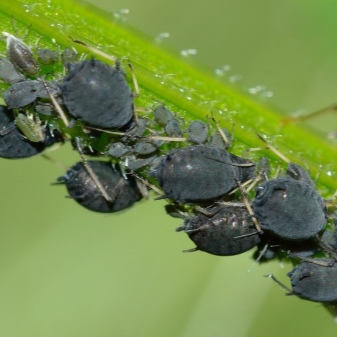
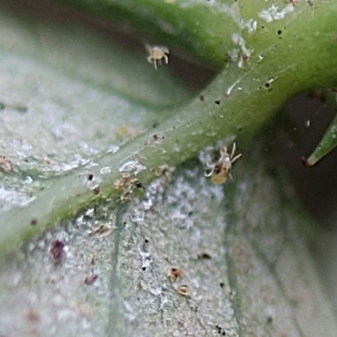
The plant tolerates pruning well and recovers quickly after it. This procedure is relevant for giving a smoother crown for group plantings of fieldfare as alleys, fences and borders. The frequency of the procedure is 4 times per season. A sanitary cut is a must, as this process removes damaged, injured and diseased branches. And you will also need to get rid of the rapidly growing root growth, which can change the appearance of the crown for the worse.
Preparation of fieldfare for wintering consists of in the introduction of nitrogenous agents, phosphorus and potassium. In anticipation of cold weather, it is important to moisten the soil as much as possible 1-1.5 m deep, which will prevent the roots from freezing. Watering ends when frosts are observed at night.


Use in landscape design
The plant changes the color of the leaves three times during one season, and this feature allows you to use it in a wide variety of compositions.
- Ryabinnik is ideal for decorating suburban areas as a hedge. Its dense crown makes the framing of the tracks especially dense and even.
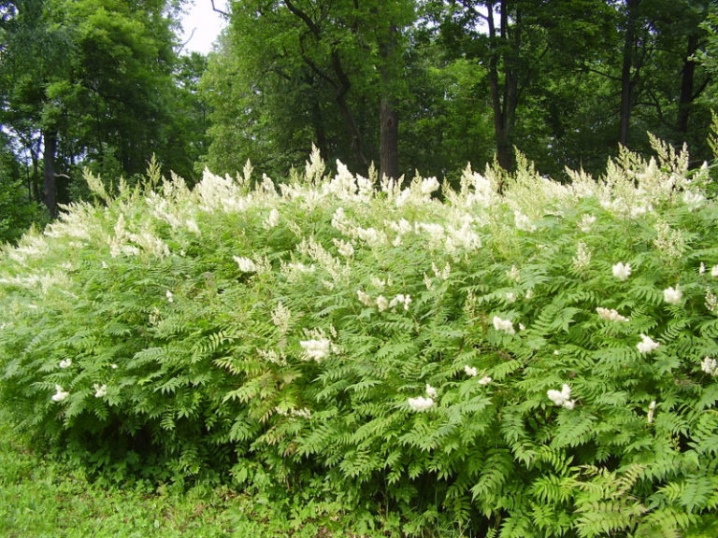
- As a tapeworm, the shrub is used to decorate front entrances and lawns.
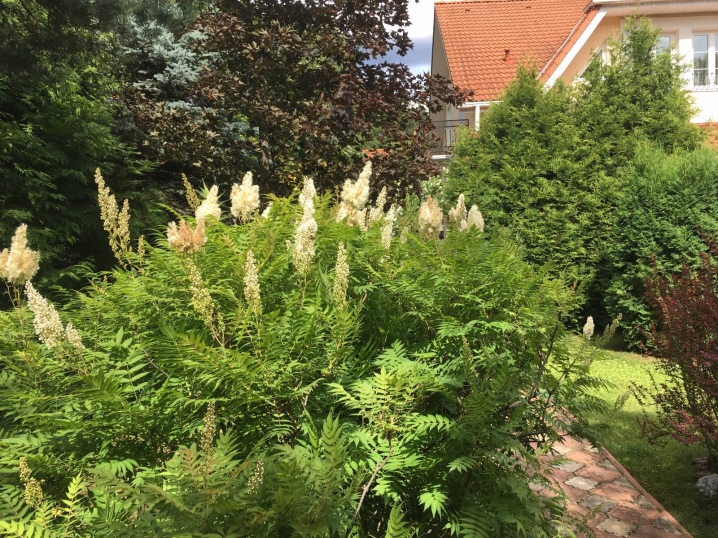
- Bushes are often used to create alpine slides and rockeries. In these ensembles, the openwork crown of the plant plays the role of a beautiful background.
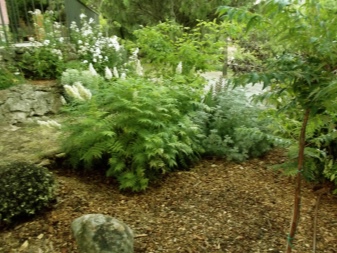
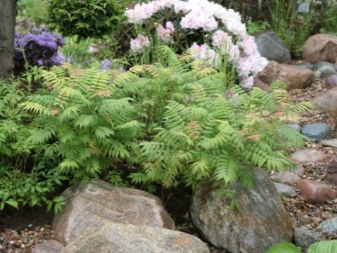
- Variety "Sam" looks great near natural and artificial reservoirs. In addition, with the close presence of water, it feels comfortable, and the spreading root system of the plant strengthens the coastal slopes from shedding.
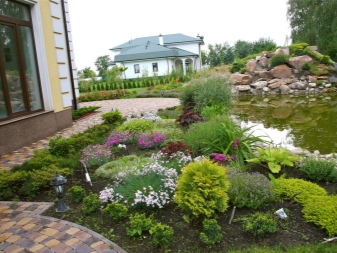
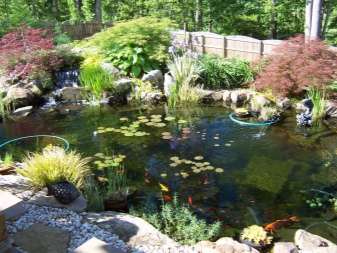
- Shrubs can be used to decorate small hills, stone and wooden steps, any picturesquely changing terrain.
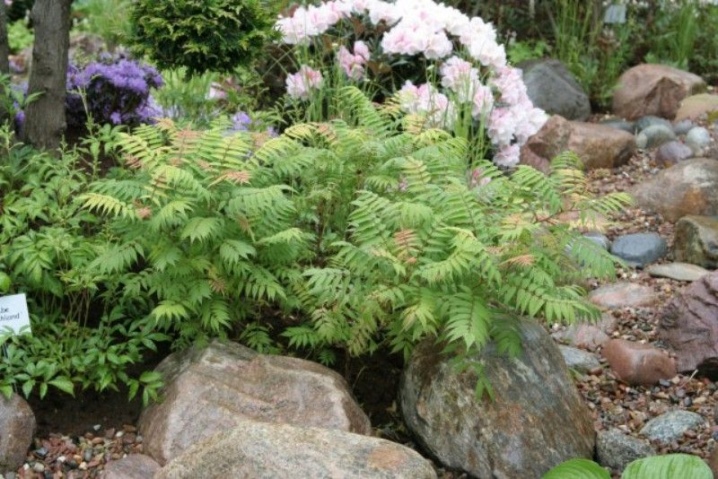
- Particularly original and bright compositions are obtained with the combined use of culture and such shrubs as jasmine, spirea, lilac, deciduous vesicle.
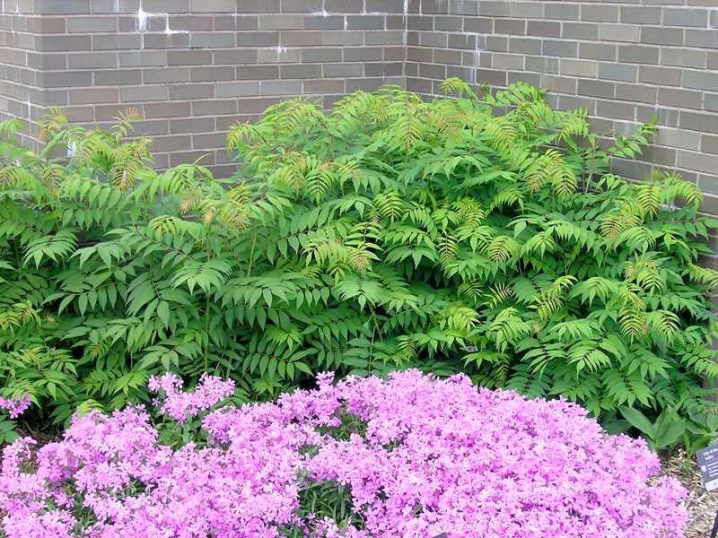
- Its combination with tulips, dahlias, sedum, perennial, herbaceous species, hosts of different varieties is effective.
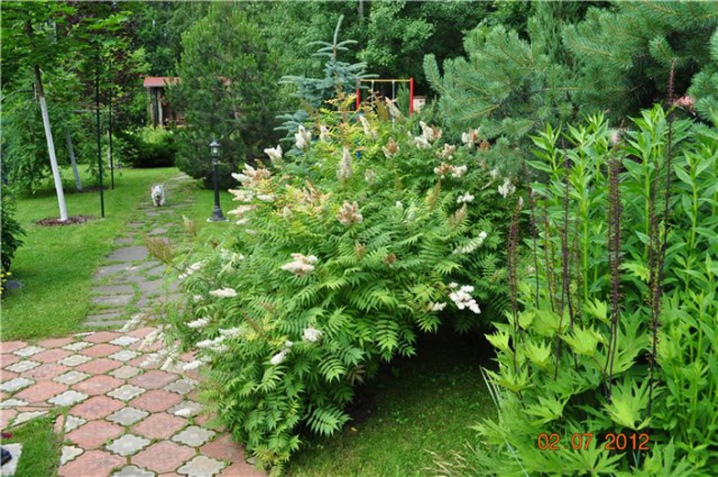
- A combination with conifers - cypress, juniper, pine and thuja, will also look beautiful, especially during the appearance of the snow-white flowers of the plant.
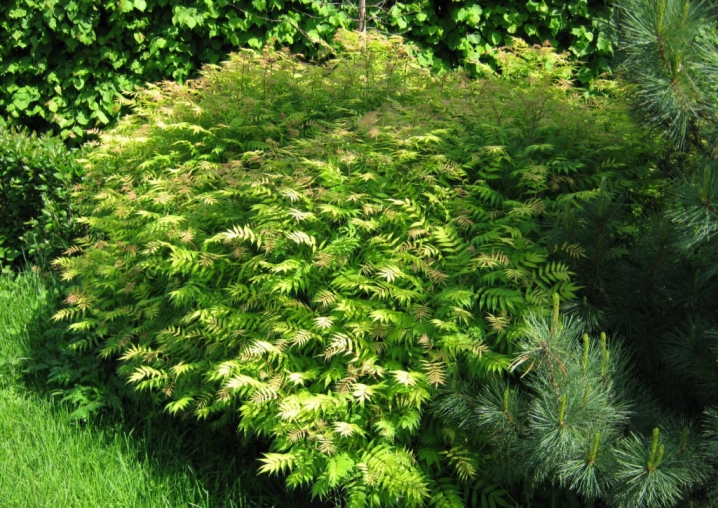
- You can plant next to "Sam" other varieties of fieldfare, which bloom at other times. This will make it possible to constantly contemplate the blooming view of the territory.
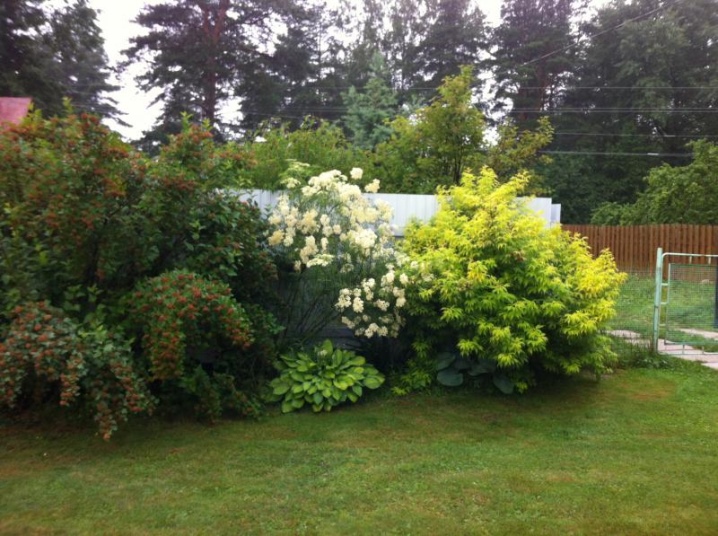
The advantages of appearance make the fieldberry universal for use in landscape design of any site, in whatever style it is decorated.
With good care, this rather unpretentious plant can delight for a long time with its aesthetic appearance, periodically changing spectacular decorations.
For a brief overview of fieldfare, see the video below.







































































































The comment was sent successfully.